Can You Guess the State from Its Most Famous Landmark?
Let’s see how much attention you were paying in school.

The United States is home to some of the most iconic and recognizable landmarks in the world. From the Hoover Dam to Mount Rushmore, these landmarks are incredible testaments to the hard work, genius, and creativity of the people who dedicated years to building them. But how much do you know about these landmarks? Read on, and see if you can guess the state from the landmark itself.
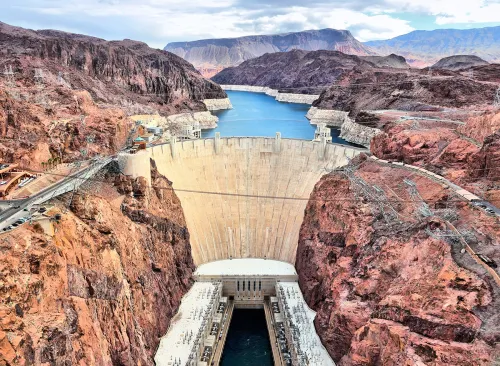
Opened in 1936, the Hoover Dam controls the flooding of the Colorado River and is one of the most famous landmarks in the US. “Building Hoover Dam was a monumental undertaking,” says the National Parks Service. “Construction required 5 million barrels of cement and 45 million pounds of reinforcement steel. The mass of concrete used weighed 6.6 million tons and would pave a road stretching from San Francisco to New York City. Hoover Dam’s spillways could float a battleship, and Lake Mead, when filled to capacity, contains enough water to cover Connecticut 10 feet deep.”
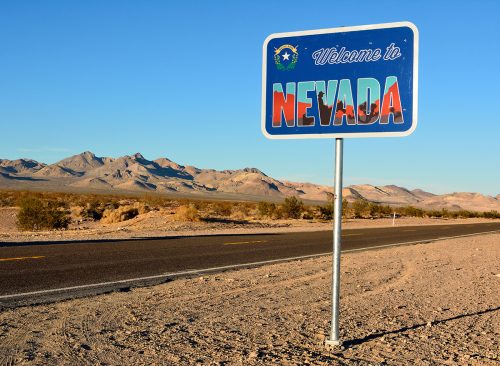
The Hoover Dam actually spans two states—Nevada and Arizona. The Hoover Dam Bypass Bridge was completed in 2010. “Hoover Dam, spanning the Arizona-Nevada border about 30 miles southeast of Las Vegas, is the most-visited dam in the world, counting some 7 million tourists a year,” says NPS. “With its 110-mile-long Lake Mead, Hoover Dam and its corresponding system of tunnels, outlet works, spillways, powerplant, and transmission lines has transformed this bone-dry slice of desert into a vacation paradise.”
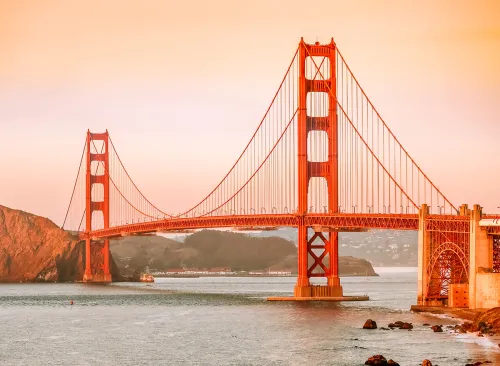
One of the most famous bridges in the world, the Golden Gate Bridge is iconic and one of the most impressive feats of construction in US history. The bridge was opened in this sun-drenched state in 1937. “When asked how long the Golden Gate Bridge would last, Chief Engineer Joseph Strauss replied, ‘Forever.’ The Bridge was designed to be strong and durable, but to make it a lasting monument requires continual maintenance and improvements,” says GoldenGate.org.
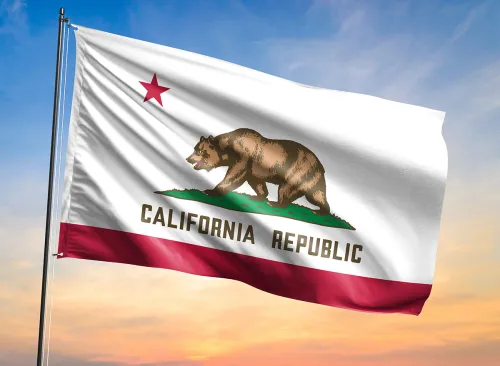
The Golden Gate Bridge is situated in San Francisco, California. “Despite political opposition, scarce funds in the Great Depression that began in 1929, and the immense physical challenges of bridging a mile of water, the people of six counties in northern California voted to finance the Golden Gate Bridge. Engineers and construction workers with imagination, courage, and determination then came together to design and build what until then had been considered ‘the bridge that couldn’t be built.’

The almost unreal sight of George Washington, Thomas Jefferson, Theodore Roosevelt and Abraham Lincoln surrounded by hills in this state is one of the most famous landmarks in the world. Completed in 1941, Mount Rushmore National Memorial gets two million visitors every year.

Mount Rushmore is situated in the Black Hills of South Dakota. “Gaining permission to carve a mountain, acquiring funding and managing varied personalities were all a part of the challenge in creating Mount Rushmore National Memorial,” says NPS. “For those involved, keeping the project moving forward often seemed more difficult than the actual work of carving the granite into a colossal sculpture of the four presidents. In the end, cooler heads, charm and determination allowed the memorial to become a reality. Mount Rushmore National Memorial has since become a great icon of American history.”
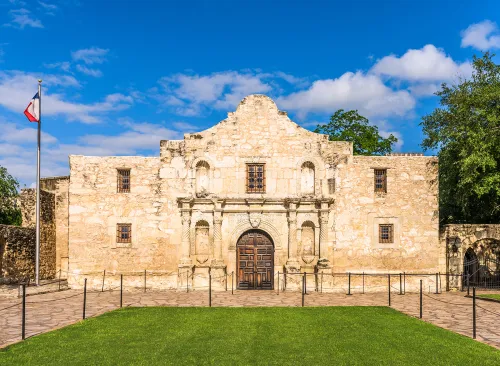
The Alamo is another famous historical landmark known around the world. “Established in 1718 as Mission San Antonio de Valero, the former mission now known as the Alamo has been a crossroads of history. Having existed under five flags of independent nations and served as a garrison for five different armies, the Alamo has a rich history and a heritage to inspire,” according to TheAlamo.org.

Best known as the 1836 site of the Battle of the Alamo, The Alamo is in San Antonio, Texas. The Alamo was used by both Confederate and US armies during the Civil War. More than 2.5 million people visit the Alamo every year.

Beautiful Monticello was the home of Thomas Jefferson and is now considered a National Historic Landmark and a UNESCO World Heritage Site. The Neoclassical-style building was erected in 1772 and gets between 450,000 and 50,000 visitors every year, including 90,000 students.
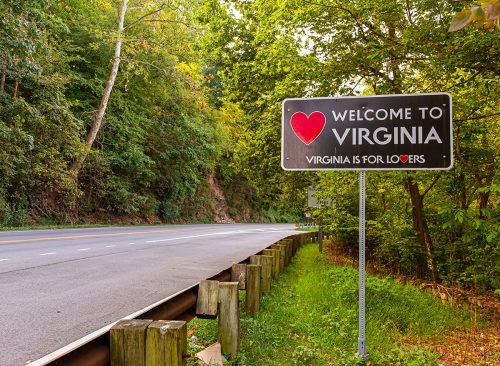
Monticello is in Albemarle County, Virginia. It was constructed between 1768 and 1809, built and rebuilt for over 40 years, and opened as a museum to the public in the 1920s. The name is Italian for “Little Mountain”, and contains a cemetary on the grounds where Jefferson himself is buried.














